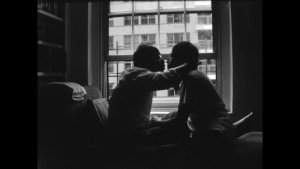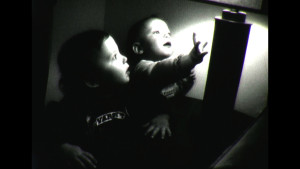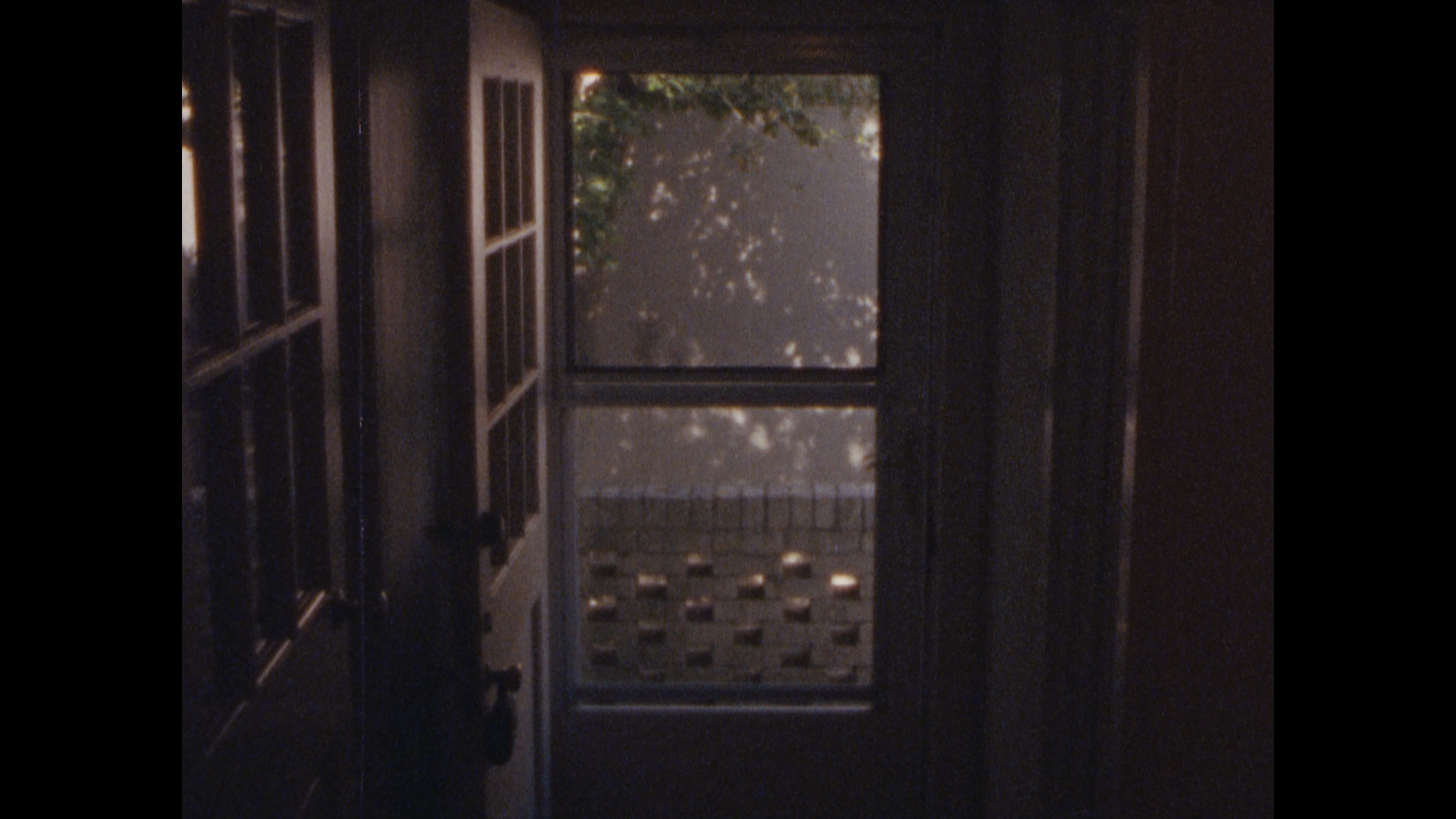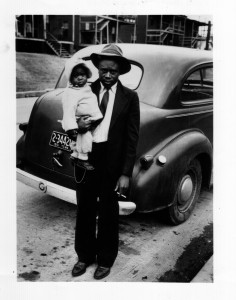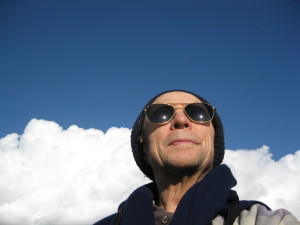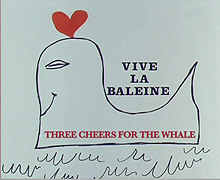
Three Cheers for the Whale
ChrisMarker.org
November 6, 2016
https://chrismarker.org/three-cheers-whale/
https://vimeo.com/754895425
To watch the film, please contact Lynne at lynnesachs@gmail.com for the password.
Over the next two decades, Chris and I spoke on the phone periodically and I attended several of his rare public presentations. In 2007, Jon Miller, president of our mutual distributor Icarus Films, contacted me to see if I would be willing to assist Chris in the making of a new English version of his 1972 film “Vive la Baleine”, a passionate, collage-based essay film on the plight of the whales. Of course, I was honored and immediately said yes. For one whole year, Chris and I corresponded weekly as we re-wrote and updated the narration and I searched for a male and a female voice-over actor to read the two parts. He renamed the new 2007 version of his film “Three Cheers for the Whale”. It is distributed with other “bestiary” films he has made including “The Case of the Grinning Cat”.
Lynne Sachs, LynneSachs.com
With Lynne Sachs’ moving post on meeting Marker in Berkeley and San Francisco, starting a correspondence with Marker and eventually working with him on an English version of Vive la baleine, I felt I would be remiss to not fill in this blank on the site. The topic is as important as ever, Marker’s heart in the right place as ever, his use of images of the past a propos as ever. What more can we say? The post also gives a sense of the scale and relentlessness of the work this one person undertook to make films in the mode of the camera-pen (without assistants). So busy but never too busy to make a new friend, and to put that friend eventually to work. He didn’t forget, he had her filed in his library of babel for contact when the moment was right. There is much to admire here.
Unfortunately, I can’t find an online copy of the English remake Three Cheers for the Whale . It seems to have been up on YouTube and then taken down again. Let us know in the comments if you find a version that can be embedded here. I will also work to translate the essay in French by François Giraud into English and add it to this post.
A comment on the IMDB entry for Long Live the Whale :
Chris Marker’s usual mix of “borrowed” pieces of different film textures (film, video, animation, photographs, paintings) serves as a poetic, passionate and very sound warning against the widespread, business-like, matter-of-fact killing of whales around the world. If today its message may sound obvious to most of us – almost everybody is aware of the danger of whale extinction, though of course there are still killings out there – it can still be enlightening as to the appalling methods of whale-hunting worldwide through the ages, as well as the very special place that this big cetacean has occupied in human mythology, history, economics and art, the “challenge” of little men killing the biggest animals on the planet, and making the mo $ t of it.
The quality of the images vary tremendously, and for sure there are scenes that will make you cringe with horror (not unlike Geroges Franju’s 1949 one-day-in-a-slaughterhouse “Le Sang des Bêtes”). Marker’s incomparable talent for weaving his commentary with creative insight, historical research, wit, irony and common sense elevates this short film above the routine ecological documentary.
www.imdb.com
More material on Vive la baleine :
By François Giraud – February 11, 2014
During his long career, and especially in his militant period, Chris Marker often collaborated with other filmmakers. This practice contributes to the eclecticism and complexity of his plethora of work. With Mario Ruspoli, documentary maker of Italian origin but fluent in French, Chris Marker made two films, on a common theme, sixteen years apart: Les Hommes de la baleine in 1956 and Vive la baleine in 1972. To be quite right, Les Hommes de la baleine is directed entirely by Ruspoli, while Vive la baleine is the result of a co-production between the two men. However, Chris Marker signed the commentary, under the pseudonym of Jacopo Berenizi, for the short film of 1956, thus playing a determining role in the artistic success of this film.
Shot in Azores, Les Hommes de la baleine begins with the butchering of a giant of the seas. This strong sequence is accompanied by a commentary denouncing the massacre of whales for purely industrial purposes. However, Mario Ruspoli seeks above all to show how the poor populations of these islands continue to practice sperm whale hunting with authenticity and risk their lives to meet their needs. Like an ethnographic documentary filmmaker, the filmmaker is interested in the traditional techniques of harpoon hunting and the rustic living conditions of these fishermen.
In 1972, the tone changed, the style too. What motivated the realization of this “sequel” was the decision, in 1972, of the International Whaling Commission to stop hunting for ten years. As Chris Marker’s commentary points out, this regulation is ignored by Japan and the USSR, two countries which practice whaling industrially, without concern for the survival of the species. Long live the whale opens with this cry from the heart: “Because you are extinct, whales!” Like big lamps. And if you’re no longer there to enlighten us, you and the other beasts, do you think we’ll see in the dark? The voice-over condemns the passage from a natural struggle between man and whale to an exclusively industrial struggle which ruins the balance of the planet.
Unlike Men of the Whale, this sequel is almost entirely illustrated by a body of works of art, in its entirety very varied, which testifies to the evolution and internationalization of whaling in through history. These works, Japanese, European or American, offer an aesthetic representation of the genius of man who has redoubled technical ingenuity to put these gigantic marine mammals to death. Whaling thus reaches a symbolic level and reveals man’s will to power. Conquest of the world, imperialism, colonialism: the whale becomes the allegory of the madness of the greatness of Humanity. Very acidic, Chris Marker’s text, not without a hint of bitterness, spares nothing, not even the cinema: “You were food. You have become an industry. Like the cinema! And you didn’t succeed either. This kind of spike is proof that Marker’s speech goes far beyond whaling. He attacks the cynicism of the powerful who do not hesitate to sacrifice the balance of nature for economic purposes, he points the finger at a world which is industrializing to the point of losing its sanity, he attacks the gentrification of art, when it only serves to flatter the pride of men: “For the Dutch, you were only a resource. But even more: a glory. Did you know that the rich amateurs took painters on their boats to take hunting scenes from life, which would later adorn their living rooms? ” He attacks the cynicism of the powerful who do not hesitate to sacrifice the balance of nature for economic purposes, he points the finger at a world which is industrializing to the point of losing its sanity, he attacks the gentrification of art, when it only serves to flatter the pride of men: “For the Dutch, you were only a resource. But even more: a glory. Did you know that the rich amateurs took painters on their boats to take hunting scenes from life, which would later adorn their living rooms? ” He attacks the cynicism of the powerful who do not hesitate to sacrifice the balance of nature for economic purposes, he points the finger at a world which is industrializing to the point of losing its sanity, he attacks the gentrification of art, when it only serves to flatter the pride of men: “For the Dutch, you were only a resource. But even more: a glory. Did you know that the rich amateurs took painters on their boats to take hunting scenes from life, which would later adorn their living rooms? ” “For the Dutch you were just a resource. But even more: a glory. Did you know that the rich amateurs took painters on their boats to take hunting scenes from life, which would later adorn their living rooms? ” “For the Dutch you were just a resource. But even more: a glory. Did you know that the rich amateurs took painters on their boats to take hunting scenes from life, which would later adorn their living rooms? “
The commentary, which multiplies puns and humorous spikes, is reminiscent of the cinécwriting of Agnes Varda who also likes to write rhythmic texts, with abundant references and very marked sounds to illustrate her documentaries. The text is rich, perhaps too much, and sometimes gets lost in a sardonic humor which today seems somewhat old-fashioned.
On the other hand, the implacable and very Markian conclusion retains all its impact: “For centuries, men and whales have belonged to two enemy camps which clashed on neutral ground: Nature. Today, Nature is no longer neutral. The border has shifted. The confrontation is between those who defend themselves, by defending Nature, and those who destroy it, destroy themselves. This time the men and the whales are in the same camp. And each whale that dies bequeaths to us like a prophecy the image of our own death. This shift is illustrated, no longer by works from the past, or even by extracts from Men of the Whale, but by crude documentary images that expose all the cruelty and barbarism of harpoon hunting: the ocean turns into a sickening stream of blood, the whale appears disconcertingly vulnerable next to the huge Japanese ships. The short film ends with the representation of a desperate dehumanization.
As always in Chris Marker’s films, the editing and association of text and image are very efficient. Even if Mario Ruspoli is credited with directing and image, Vive la baleine bears above all the imprint of Chris Marker’s know-how. Better than anyone, he knows how to dramatize still images and give them movement. Likewise, its text remains an essential component of this short film. It is difficult to assess the impact Mario Ruspoli had on this short film. His style, influenced by ethnography, stood out much more clearly in the short film of 1956. Vive la baleine is not characterized by an anthropological approach. Man is always shown from a distance, he has no right to speak. It is the whale who is the heroine of this tragic story, even if behind the scenes is an evolution of techniques and man’s relationship with nature. Long Live the Whale is a political and militant documentary that seeks to denounce. And he does it convincingly.




